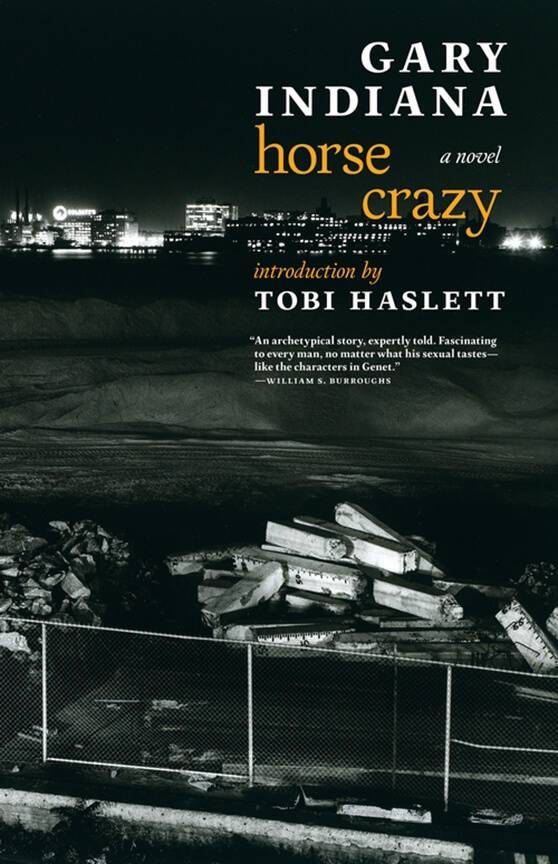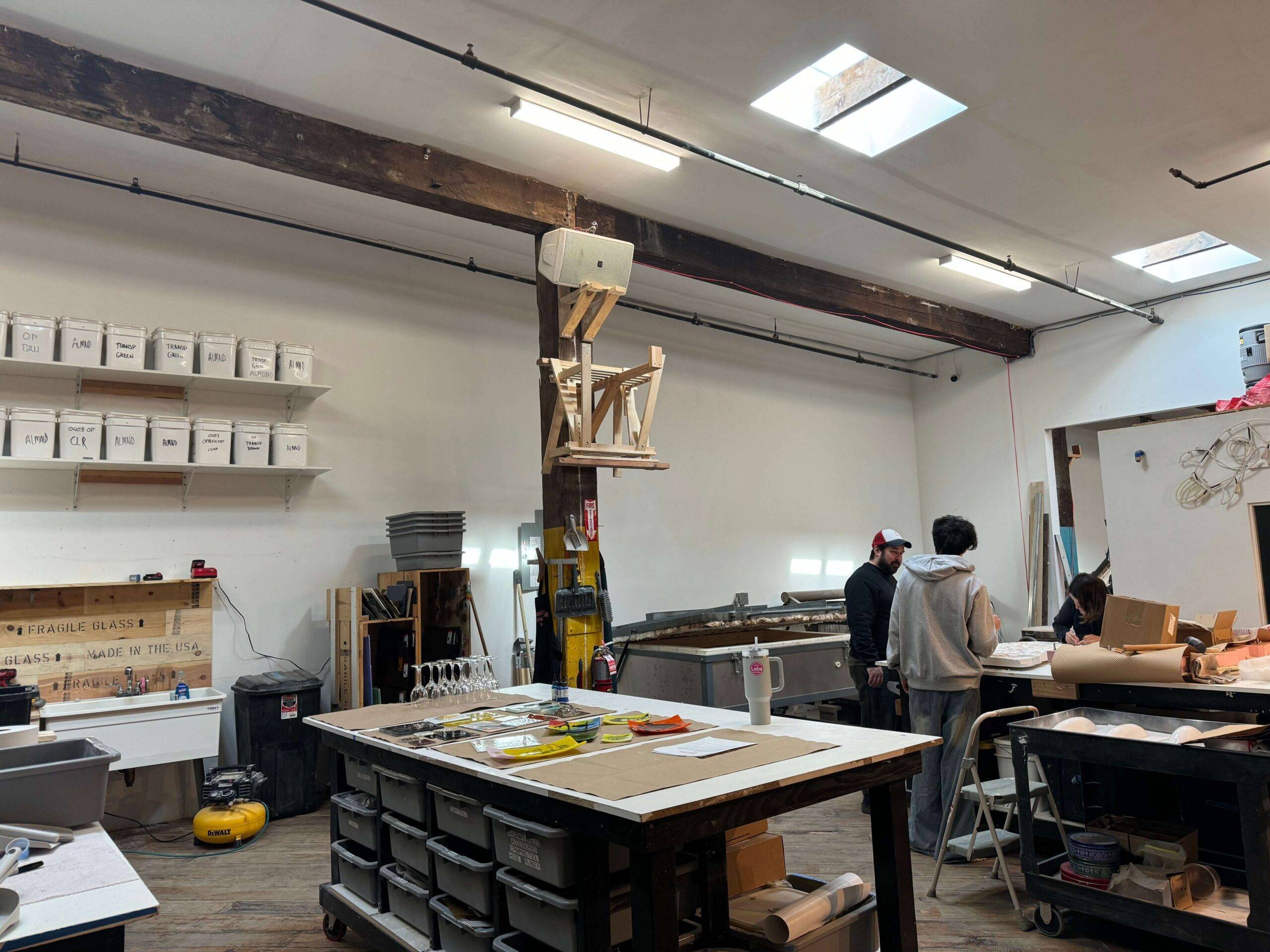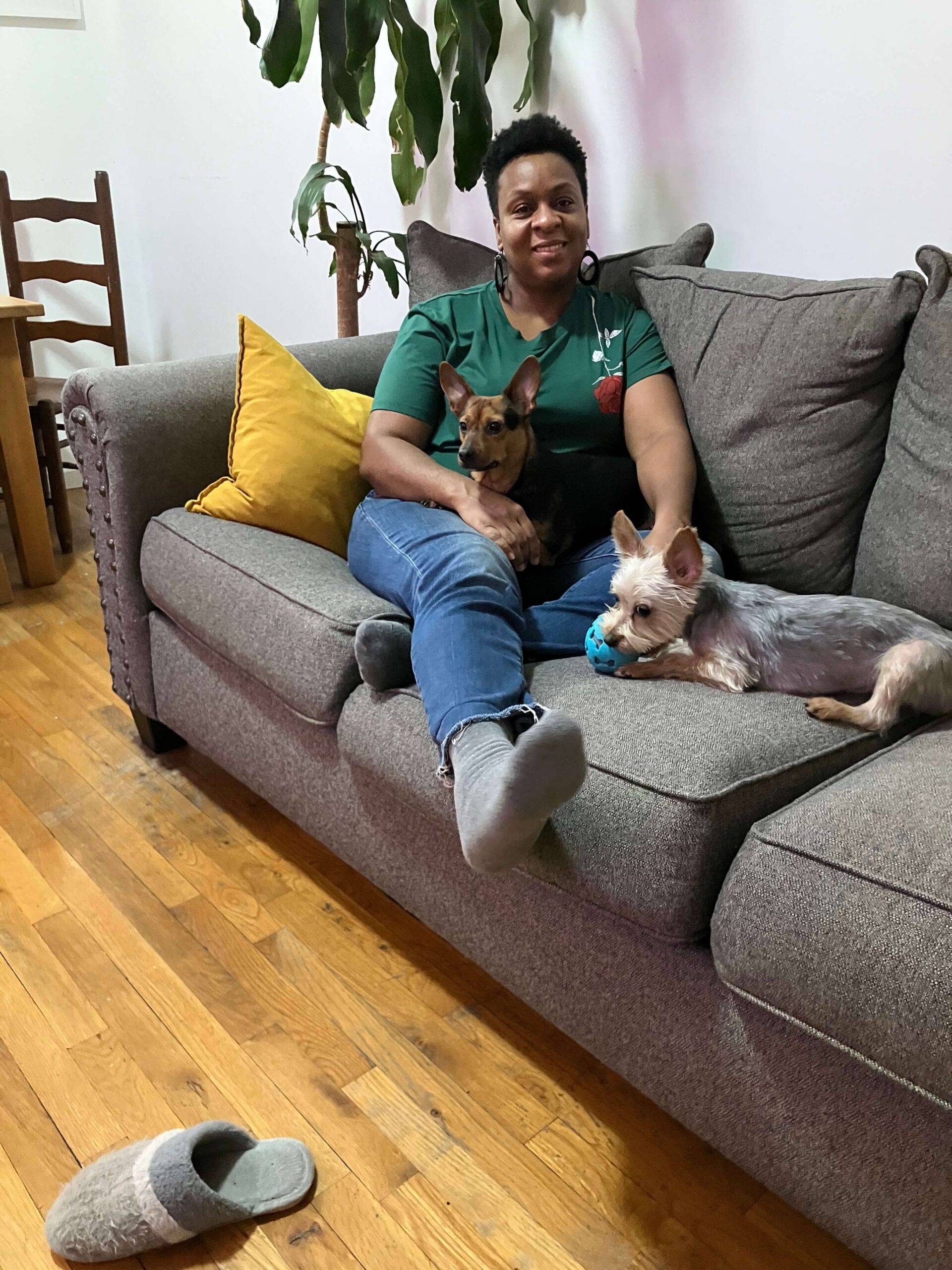Sunset Park has a history of things happening to it, rather than for it. In Thomas J. Campanella’s thorough history of the borough, “Brooklyn: The Once and Future City”, Campanella describes how the borough’s neighborhoods were transformed by Robert Moses-era construction projects. Working class neighborhoods were re-branded with names like Carroll Gardens and Cobble Hill. In Sunset Park, Third Avenue was widened to ten lanes of traffic to support the waterfront’s still lively industry, and “within a decade, not only Third Avenue—once home to seven movie theaters, scores of shops, stores, restaurants and cafes—but much of Sunset Park would be spiraling toward abandonment and blight.” Today, in spite of the literal shadow from Third Avenue, Sunset Park shines as one of the walkable neighborhoods that makes New York City so special.
Sunset Park is bounded in the north by Park Slope South and in the south by Bay Ridge; from its inland boundary around Ninth Avenue, the whole neighborhood slowly slopes down towards the waterfront. The avenues are clustered with small restaurants and stores—among them Fifth Avenue with its array of Latinx delights, and Eighth Avenue with Brooklyn’s bustling Chinatown. The lively commercial avenues are separated by the steep streets, which are filled mostly with row houses.
Sunset Park is named after its beautiful park, with incredible views of the city, but its active streetscapes are what set it apart. According to the NYU Furman Center, “an estimated 134,945 people [live] in Sunset Park, of which 26.7% identified as Asian, 3.8% identified as Black, 37.7% identified as Hispanic, and 27.5% identified as white.” This diversity is what provides the neighborhood with a rich array of businesses. Its food scene, in particular, is beginning to receive more attention as outsiders pick up on its affordable and flavorful banh mi, juicy Hainan chicken, and giant tortas.
David Estrada knows the neighborhood better than most. He has led the Sunset Park Business Improvement District (Sunset Park BID) since 2018, and before that he served as the Chief of Staff for former council member, Carlos Menchaca. Estrada easily recognizes the beauty and strengths of his neighborhood. “It’s like an old growth forest,” he explains. The mixed use nature of the avenues, with small storefronts on the first floor and apartments above, ensure steady foot traffic. The small size of each storefront means that smaller businesses can start more easily, creating a retail diversity that results in a more self-sufficient neighborhood. One can find dinner, a drugstore, an electronics shop, and a tailor all within a few blocks.
During the pandemic, commuting paused and many business districts suffered as foot traffic plummeted. In Sunset Park though, residents stayed in the neighborhood, frequenting their local businesses even more often. “Old school, walk to shop, mom & pop, pick your cliche,” Estrada finds endless ways to describe the neighborhood, finally settling on—“Sunset Park is the kind of place New Yorkers go when they feel homesick.”
While central Sunset Park’s streets are thriving, the waterfront has struggled due to the decline of manufacturing and industrial activities post-WWII. Recognizing this and hoping to spur investment, the New York City Economic Development Corporation created a Waterfront Vision Plan for the neighborhood in 2009. Its recommendations were meant to maximize the efficient movement of goods, protect and grow industrial employment, promote green practices, and balance neighborhood needs. In the 2010s, $450 million were spent to redevelop the area. Today, Industry City consists of 35 acres of curated stores and restaurants, just a stone’s throw away from the working class, immigrant community of Sunset Park.
But while Industry City was the outcome of a new vision for Sunset Park’s waterfront, the redevelopment has left most of the neighborhood unchanged. In fact, when the NYC Department of Small Business Services conducted a needs assessment for the Sunset Park BID in 2022, one of the challenges for the neighborhood was a “lack of cultural anchors, such as theaters, museums, galleries, and community centers, leaving the community without central gathering spaces and masks the rich cultural activity of Sunset Park.” This lack of shared resources between the existing Sunset Park community and Industry City may partially be explained by the physical divide—Third Avenue.
Third Avenue is essentially a widened service road for the Gowanus Expressway that runs above. Pedestrians on the street are accosted by the hum of engines and the smell of exhaust fumes from the six lanes of traffic. Crossing the street is, at its best, time-consuming, and at its worst, fatal. Thirteen people have been killed on Third Avenue since 2016. Now though, the NYC Department of Transportation (DOT) is finally looking at the street and seeking community input on how to improve it.
On July 20, DOT held a virtual Third Avenue Visioning Workshop to receive community input (DOT held two in person workshops on the same topic in April). Only a dozen or so residents logged on for the meeting, which began with a review of the existing area, ongoing improvement projects (the Brooklyn Greenway will extend a bike lane on Third Avenue as far as 29th Street, before continuing on 1st and 2nd Ave), and the toolbox of interventions that the agency uses to improve street design. Attendees were then broken into groups to provide their feedback and suggestions on how Third Avenue can be improved. Feedback included the need for protected bike lanes, improved sidewalks and crosswalks so that pedestrians can cross the street safely, and improved rainwater drainage. Those who were unable to attend the meeting may still provide feedback via an online survey (https://www.surveymonkey.com/r/3rdAvePortalFeedback).
DOT has the chance to work alongside the community to make Third Avenue safer for visitors and residents alike. By using community input and expertise to improve Third Avenue, DOT can better connect Sunset Park to the economic opportunities at Industry City, provide the businesses along it with increased foot traffic, and most importantly, prevent additional deaths and injuries. Whether these important changes happen or not, history has shown that despite outside forces periodically proposing or imposing redevelopments and changes to the neighborhood, life carries on in Sunset Park.











